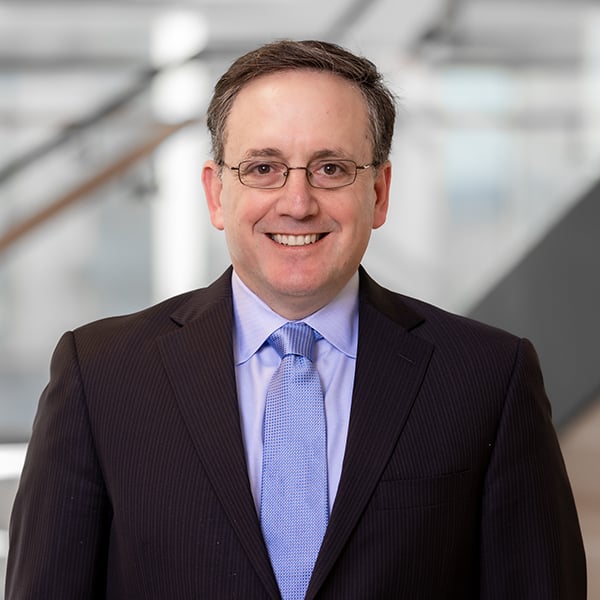Executive Summary
Standard financial industry practice builds retirement portfolios using mean variance optimization and validates them using Monte Carlo simulations that assume asset returns are a random walk. To put a finer, more brutal, point on it, managers construct portfolios using anachronistic technology from 1952 and then have the temerity to check the results using assumptions from 1970. The unsurprising result of a process stuck over 50 years in the past is portfolios that burden future retirees with an unnecessarily high risk of financial ruin.
However, in contrast to the oft heard “TINA defense,”1 there is an alternative: we suggest a more modern portfolio construction approach that puts the key problem of having sufficient assets to support investors’ required spending in retirement front and center. We believe an approach to retirement investing that better models and understands the ways in which financial markets differ from the outdated academic assumptions of market efficiency and random walks will result in substantially superior portfolios.
Framing and aligning the portfolio construction process with the actual problem an investor is attempting to solve (as opposed to some willow-the-wisp time-varying “risk aversion” parameter) also helps to avoid the troublesome guesswork as to how a client’s portfolio should change if needs and circumstances or, indeed, market conditions, shift from the advisor’s original assumptions.
If you don’t have orange and brown shag carpets or an avocado green bathroom suite or wear bell-bottom jeans or sport pork chop sideburns, why on Earth would you choose to believe that a random walk is a good description of the reality of asset returns? Similarly, the unclear (and unhelpful) framing of a “risk aversion” parameter is far from client friendly. It is high time financial planners stopped being “the slaves of some defunct economist” (to borrow Keynes’ words) and instead joined the 21st century. We propose that planners adopt a needs-based approach coupled with an up-to-date understanding of the way in which portfolio returns are generated.
1 "There Is No Alternative" is used by some to explain a less than ideal portfolio allocation because other asset classes offer even worse returns.
"We believe an approach to retirement investing that better models and understands the ways in which financial markets differ from the outdated academic assumptions of market efficiency and random walks will result in substantially superior portfolios."



